The United States has long been the dream destination for Indian students and this trend continues in 2025.
The US remains a top choice for higher education because of world-class universities, cutting-edge research opportunities, and strong career prospects.
Over 3.37 lakh Indian students enrolled in US universities in the 2023-24 academic year, beating previous records. STEM, business, and engineering fields are the areas where the demand is growing because students benefit from high salaries and strong job opportunities. Despite evolving immigration policies, legal migration for international students remains strong, ensuring ample opportunities for post-study work and career growth.
So, why should you still consider studying in the US in 2025? Let’s explore the key reasons.
1. Growing job opportunities & work visas
Choose your dream country
When do you want to study abroad?
What's your highest level of education?
Select you current city
How Leap will help you
Personalised University Shortlist
Express Applications with Quicker Admits
End-to-End Application Support
One of the biggest reasons Indian students choose the US is the access to high-paying jobs and work visas post-graduation. The US government continues to support legal immigration (particularly for skilled professionals).
- H-1B visa opportunities
- The H-1B visa is the most common work visa for skilled workers.
- The US issues 65,000 H-1B visas annually and an additional 20,000 reserved for applicants with a master’s degree or higher from a US university.
- Indian professionals dominate the H-1B visa pool and thus making the US an attractive destination for long-term career growth.
- Optional Practical Training (OPT) - Work while you study
- All F-1 visa students are eligible for 12 months of OPT and allows them to work in their field of study.
- STEM (Science, Technology, Engineering, Mathematics) graduates can extend their OPT for an additional 24 months and it gives them a total of 3 years of work experience in the US before requiring employer sponsorship.
2. Increasing enrollment of Indian students
Indian student enrollment in US universities has grown at a CAGR of 25.5% in the past 3 years. The US recognizes the need for global talent, especially in R&D, innovation, and skilled manpower.
Legal migration remains strong despite recent concerns about US visa policies. Experts predict that Indian student enrollment will continue to grow at 20% annually, solidifying the US as a welcoming hub for education.
3. High salaries and strong hiring trends
Graduates from US universities enjoy higher salaries and better job prospects. Here’s what makes the US job market attractive:
- Tech & business boom: Companies like Google, Microsoft, Amazon, and Apple actively hire US graduates, especially in STEM, Business, and management fields.
- Competitive salaries: According to industry reports, the average salary for US graduates is $65,000 - $90,000 per year which is significantly higher than salaries in India.
- Demand for skilled workers: The US relies on international talent for its technology, healthcare, and finance sectors ensuring strong hiring trends for Indian students.
4. GMAT & GRE Waivers - Easier Admissions
Many US universities are increasingly waiving GMAT and GRE requirements to make admissions more accessible. This trend benefits Indian students, specifically those with strong academic records or relevant work experience. Here are some key updates:
- Business schools like MIT Sloan, Kellogg, and USC Marshall have made GMAT/GRE waivers available for candidates with higher work experience.
- STEM and technical programs at universities like Northeastern, NYU, and Texas A&M are considering test-optional policies for certain graduate programs.
- Many universities have started to offer waivers based on GPA, work experience, or previous academic performance.
This makes studying in the US even more attractive for students who may not want to go through the rigorous testing process.
5. Top-ranked universities with scholarships
Studying in the US can be expensive but several scholarships can help reduce financial burdens for Indian students. Some of the top scholarships available include:
- Fulbright-Nehru Master's Fellowships - Offered to outstanding Indian students pursuing a master’s degree in the US.
- Hubert H. Humphrey Fellowship Program - For mid-career professionals in various fields looking to study and gain practical experience in the US.
- Inlaks Shivdasani Foundation Scholarships - Covers tuition and living expenses for exceptional Indian students in select US institutions.
- Stanford Reliance Dhirubhai Fellowship - Provides financial aid to Indian students admitted to Stanford’s MBA program.
- AAUW International Fellowships - Supports female students from India pursuing graduate and postgraduate studies in the US.
- Tata Scholarship for Cornell University - Specifically for Indian undergraduate students admitted to Cornell University.
- Narotam Sekhsaria Foundation Loan Scholarships - Interest-free loans for Indian students pursuing higher education in the US.
- Joint Japan/World Bank Graduate Scholarship Program - Available for students from developing countries, including India, pursuing specific master's programs in the US.
Indian students should explore these options and apply early to maximize their chances of receiving financial aid.
Conclusion: why choose the US in 2025?
Despite concerns over immigration, legal migrants - especially skilled professionals and students are still welcomed in the US. Studying in the US in 2025 remains an excellent choice for Indian students due to its globally recognized universities, career-oriented programs, and strong job market. Students have a clear pathway to professional success with top companies like Google, Amazon, and Microsoft hiring skilled graduates.
Additionally, policies such as OPT and H-1B visas provide opportunities for international students to gain hands-on experience and transition into long-term employment. If you’re looking for quality education, global exposure, and lucrative job prospects, the US remains one of the best destinations for your studies.
Frequently Asked Questions
-
Q. What are the job opportunities for Indian students after studying in the US?
Ans. Graduates can work under OPT for up to 12 months (or 36 months for STEM fields) and apply for H-1B visas for longer-term employment in top global companies.
-
Q. What are the most popular courses among Indian students?
Ans. Mathematics, computer science, engineering, and business management are among the top choices.
-
Q. Can I stay in the US after graduation?
Ans. Yes, through OPT and H-1B visas, many graduates find long-term job opportunities in the US.
-
Q. Which US universities are best for Indian students?
Ans. Top choices include MIT, Stanford, Harvard, UC Berkeley, Carnegie Mellon, and the University of Pennsylvania.
-
Q. Will US policies impact Indian students in 2025?
Ans. Legal students and skilled workers remain in high demand, so policies continue to favour international students in STEM and business fields.
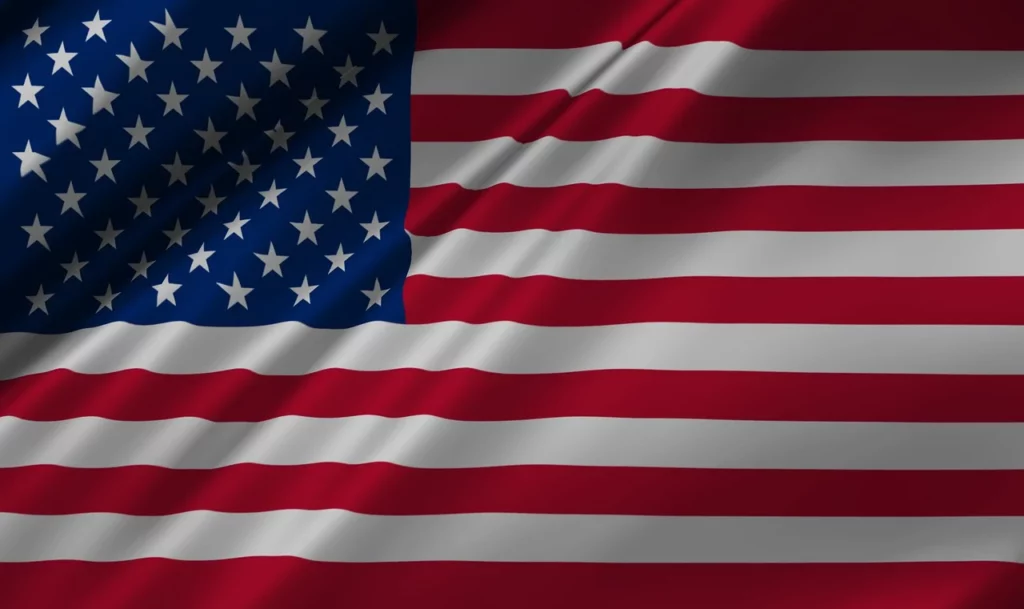



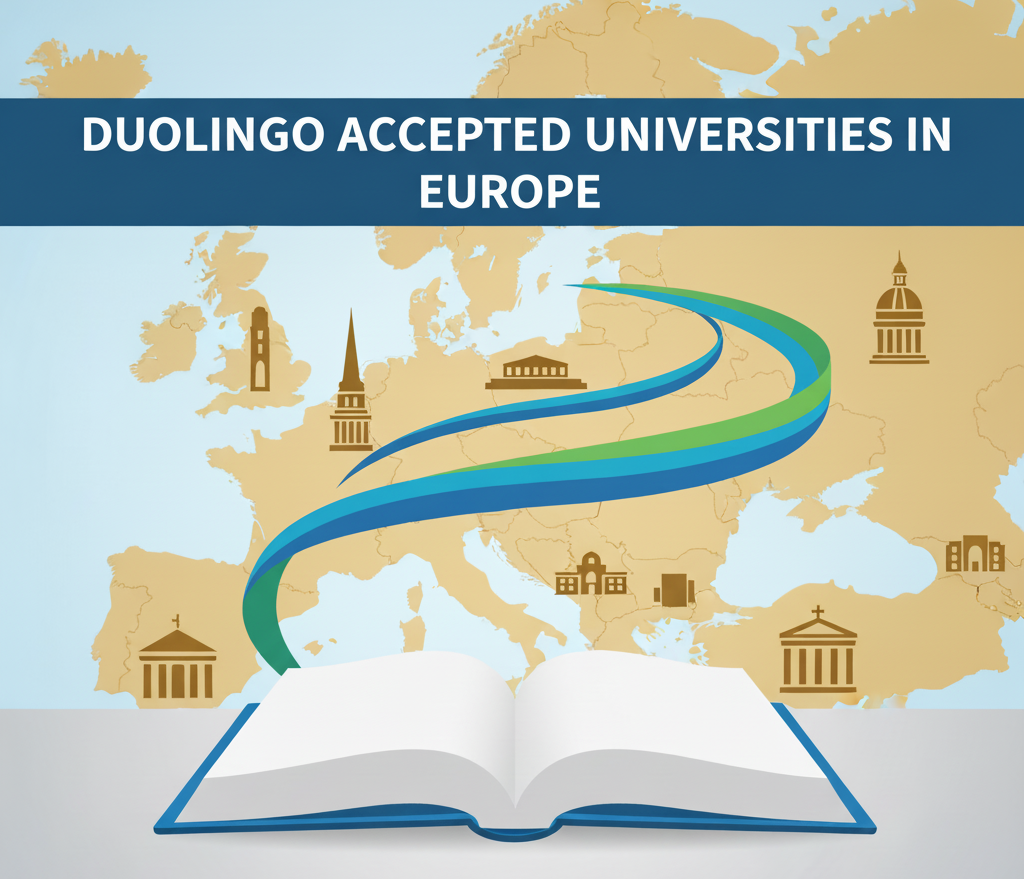
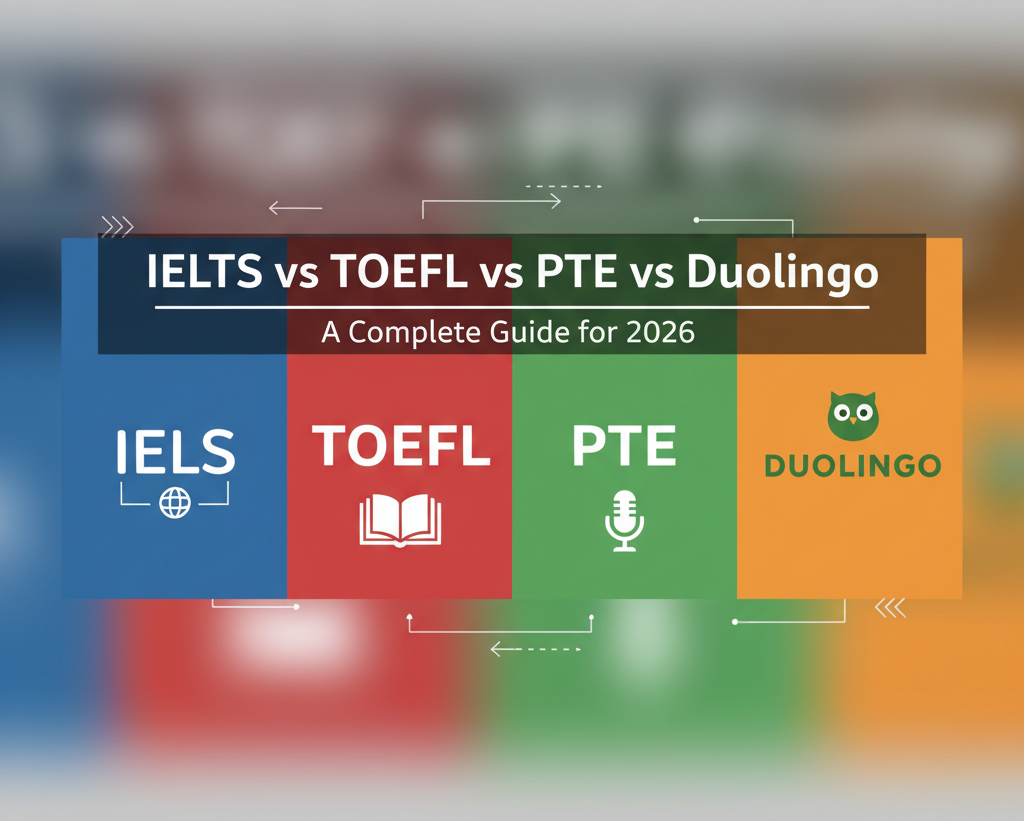

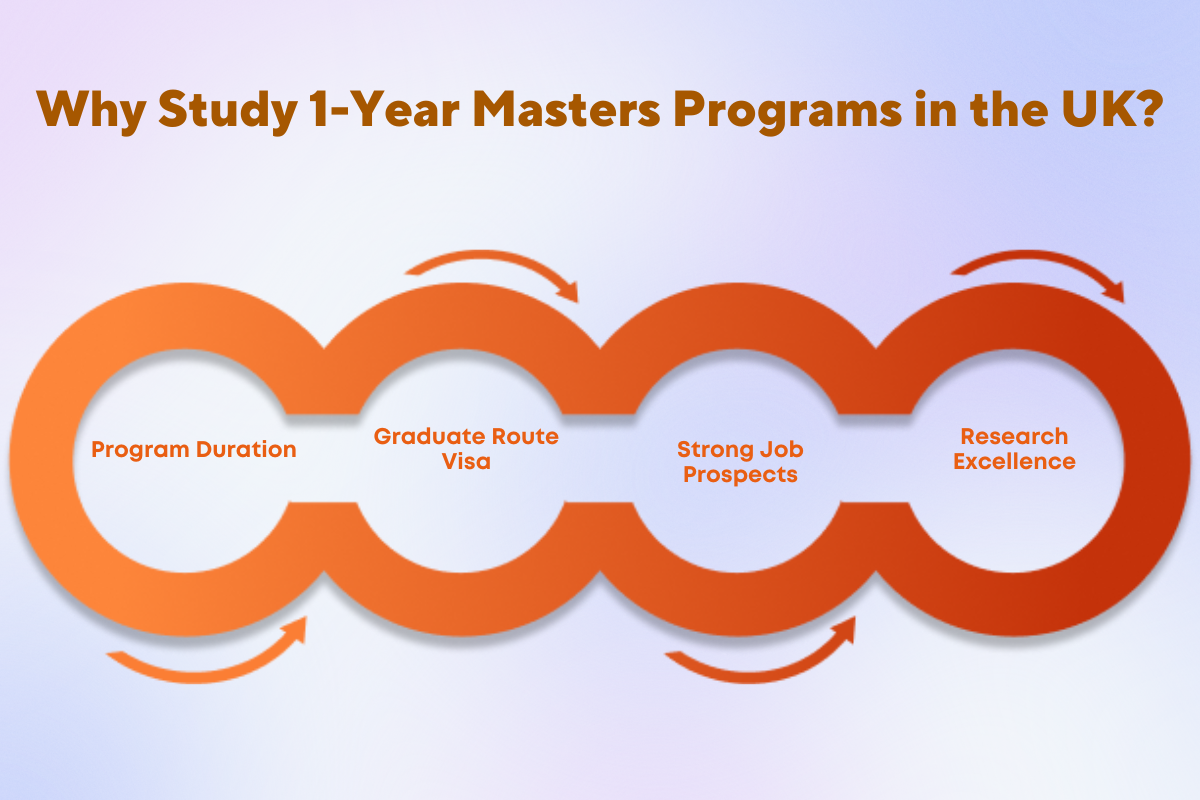

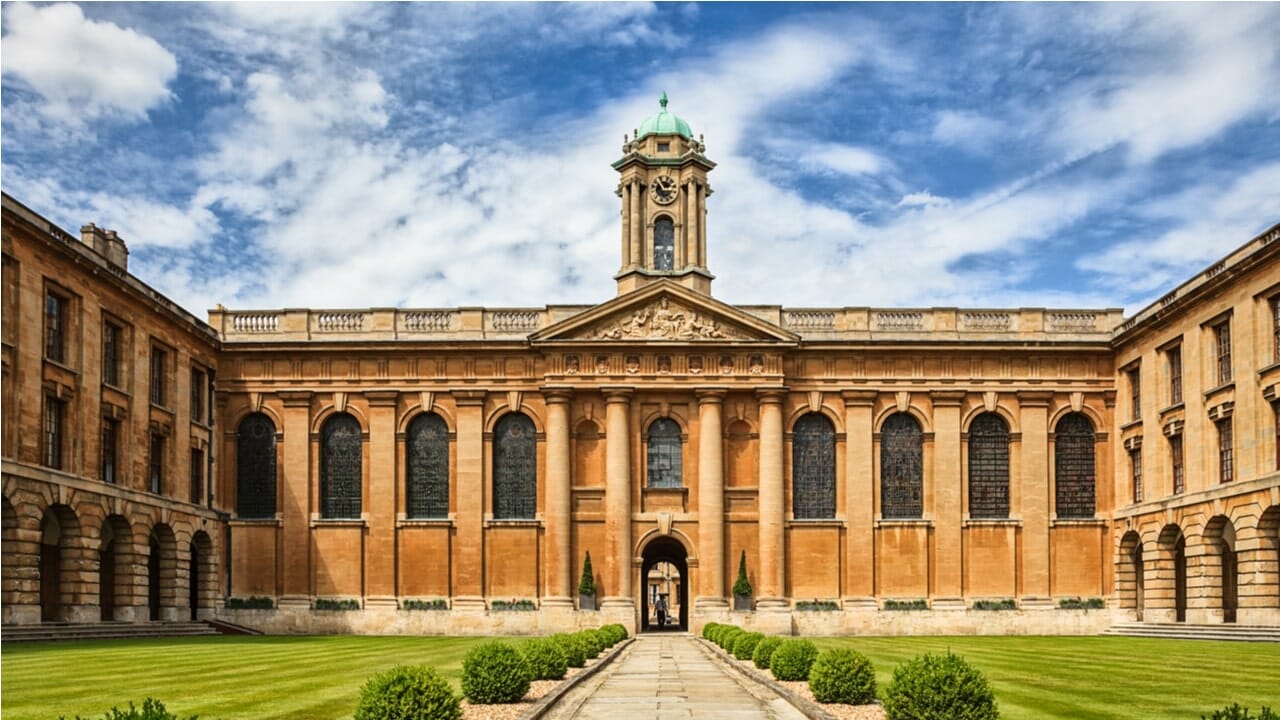





Have Questions? Get Guidance to reach your Dream University
Connect with India's finest counsellors and biggest study abroad community.
Get Guidance